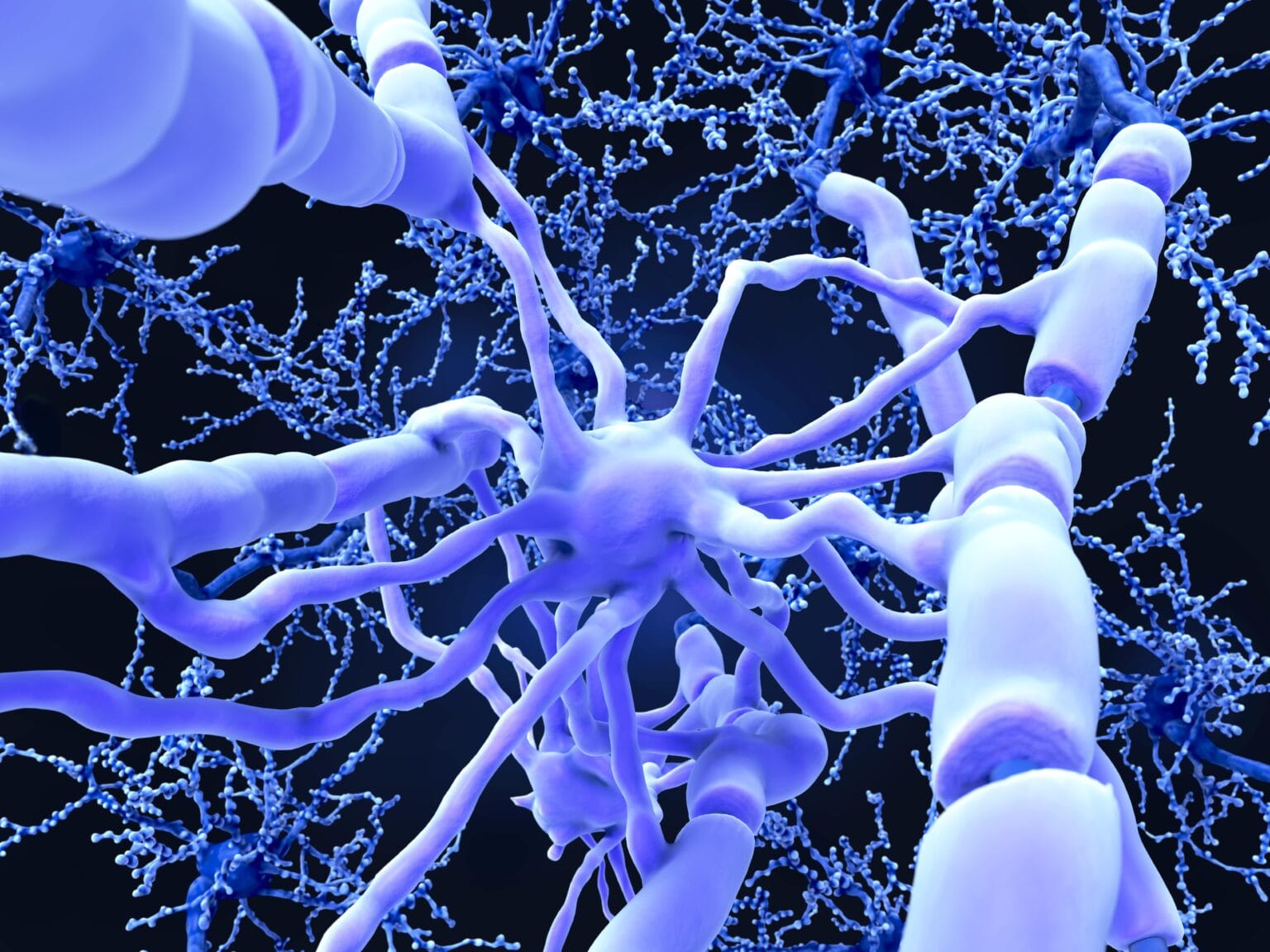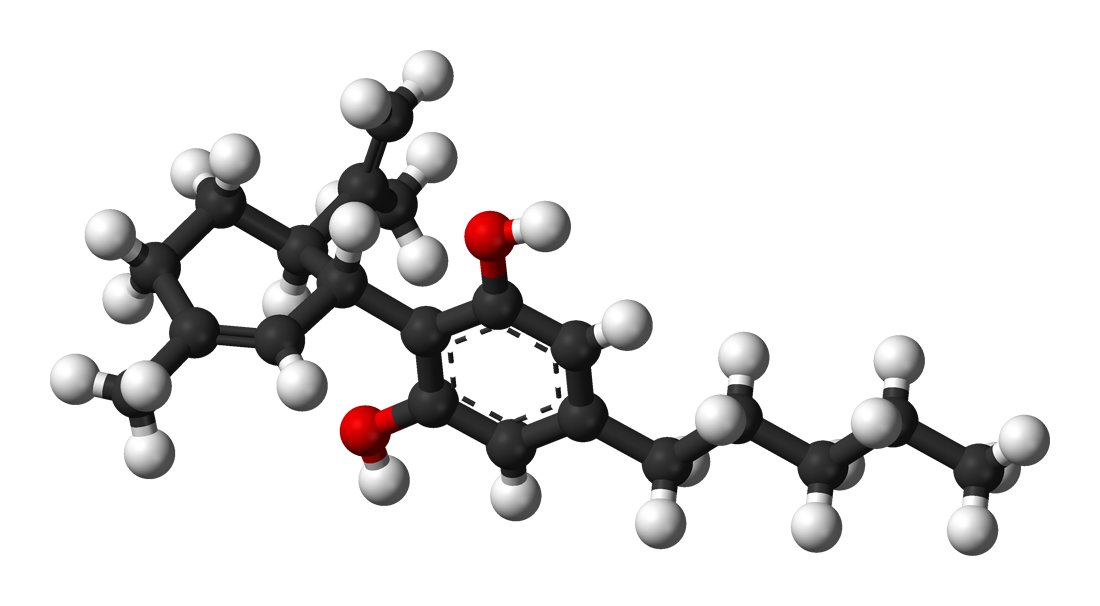If you could peel back the skin, muscle, and bone to peer into the living electrical network inside you, you might expect to see only a tangled mess of nerves. But if you looked closer—microscope close—you’d find something unexpectedly beautiful: shimmering white layers wrapping the long arms of nerve cells, winding around them like insulation on copper wires. These are the myelin sheaths, the unsung heroes of your nervous system, and without them, thought and motion would crawl at the pace of a snail.
Myelin is not just a passive wrapping. It is an active partner in your brain and body’s high-speed communication system. With it, a single thought can spark movement in the blink of an eye. Without it, the simplest reflex becomes sluggish, and the rich harmony of sensation and control begins to falter. This microscopic substance is one of biology’s most elegant solutions to a universal problem: how to send information quickly, reliably, and with minimal energy cost.
The Spark That Needs a Path
At the heart of your nervous system are neurons—cells that talk to each other not in words but in bursts of electricity and chemistry. A neuron’s long projection, called the axon, is the messenger wire. But an axon without myelin is like a bare copper cable exposed to the wind and rain—it still works, but not well, and it wastes a lot of energy.
When a neuron fires, it generates an action potential, a wave of electrical charge that travels down the axon. In unmyelinated axons, this wave must creep forward step by step, opening ion channels one after another along the entire length. But in myelinated axons, the myelin sheath acts like the insulation on an electrical wire, preventing leakage of charge and forcing the signal to leap between exposed gaps in the sheath called nodes of Ranvier. This leapfrogging process, known as saltatory conduction (from the Latin saltare, “to jump”), allows impulses to travel up to a hundred times faster than they could otherwise.
Speed in neural communication is not a luxury—it is survival. The quick pull of your hand from a hot stove, the immediate kick of your leg when the doctor taps your knee, the near-instantaneous coordination of your eyes tracking a moving object—all depend on the racing efficiency of myelinated axons.
How Myelin is Made
Myelin isn’t produced by the neurons themselves, but by specialized support cells known as glial cells. In the central nervous system (the brain and spinal cord), the architects of myelin are oligodendrocytes, which can extend their arms to wrap multiple axons at once. In the peripheral nervous system, Schwann cells take on the job, each one wrapping around a single segment of a single axon.
These glial cells don’t just wrap axons in one go; they spiral their membranes around and around, stacking layer upon layer like the coils of a rolled-up sleeping bag. The result is a sheath that can be dozens of layers thick, composed largely of lipids (fats) with a scattering of proteins for structural integrity. The high fat content of myelin is what gives “white matter” in the brain its distinctive pale appearance.
The production of myelin—myelination—is a carefully orchestrated process that starts in infancy and continues into adulthood. In fact, some areas of the human brain keep refining their myelin sheaths well into our twenties, which is one reason why certain kinds of cognitive control and judgment mature later in life.
Myelin and Development
The human infant is born with only partial myelination. This is why newborns have limited motor coordination and slower response times compared to adults. As the myelin sheaths form and thicken during childhood, neural communication speeds up dramatically, enabling more precise movements, faster reflexes, and increasingly complex thinking.
If you’ve ever watched a toddler learning to walk, you’ve seen myelination in action. At first, the steps are wobbly, the motions uncertain. But with practice and continued nervous system development, the myelin around the relevant motor pathways grows, and movements become smoother, more efficient, almost effortless. The same principle applies to learning a musical instrument or mastering a sport—practice strengthens the connections, and myelination helps cement those pathways for rapid access.
The Energy Advantage
Speed is only half the story. Myelin is also an energy-saver. In unmyelinated axons, maintaining the electrical charge across the membrane requires the constant work of ion pumps, which burn through cellular energy in the form of ATP. Myelin minimizes the number of ion channels that need to open along the axon, reducing the metabolic cost of sending a signal.
This is not a small benefit. The human brain, though only about 2% of body weight, consumes roughly 20% of the body’s energy at rest. Any system that can cut down the energy needed for communication without sacrificing speed is a remarkable evolutionary advantage.
When the Sheath Fails
Like any complex system, myelin can break down. In some diseases, the body’s own immune system mistakenly attacks the myelin sheaths, stripping them away and leaving the axons exposed. The most well-known of these conditions is multiple sclerosis (MS). In MS, patches of demyelination disrupt the smooth flow of signals, leading to symptoms that can include muscle weakness, vision problems, loss of coordination, and chronic fatigue.
Demyelination doesn’t just slow down nerve conduction—it can sometimes block it entirely. And because myelin also helps protect axons from physical and chemical damage, its loss can make the underlying neurons more vulnerable to degeneration. This is why diseases that target myelin are often progressive and debilitating.
But MS is not the only disorder linked to myelin problems. Leukodystrophies, a group of rare genetic conditions, impair the formation or maintenance of myelin from birth. Traumatic injuries to the nervous system can also damage myelin, as can certain toxins or severe nutritional deficiencies.
The Brain’s Plastic Wrapping
For a long time, scientists assumed that myelination was fixed after early development. But newer research has revealed a more dynamic story. Myelin can adapt throughout life in response to experience, a phenomenon sometimes called activity-dependent myelination. Learning a new skill, engaging in complex mental tasks, or practicing a motor activity can stimulate the growth of new myelin around relevant axons, fine-tuning the brain’s circuitry.
This adaptability means that myelin isn’t just a passive backdrop—it’s part of the brain’s ongoing ability to rewire itself, to form and refine connections in response to the demands of life. The idea that you can literally “practice” your way into faster neural circuits is a powerful reminder of how experience shapes the physical structure of the brain.
Myelin and the Mind
It is tempting to think of myelin purely in terms of reflexes and physical coordination, but it plays a profound role in higher mental functions as well. White matter integrity—the health and organization of myelinated axons—correlates strongly with processing speed, memory, and problem-solving ability. When white matter breaks down in aging or disease, cognitive decline often follows.
In conditions like Alzheimer’s disease, changes in myelin may occur years before noticeable memory loss. This has led some scientists to explore whether protecting or restoring myelin could help preserve cognitive function in the aging brain. It’s a tantalizing possibility: that by safeguarding the brain’s superhighways, we might slow or even prevent the erosion of memory and thought.
Repairing the Superhighway
One of the great challenges in neuroscience is finding ways to repair myelin once it’s lost. Unlike many tissues in the body, the nervous system has limited capacity for regeneration. In the peripheral nervous system, Schwann cells can sometimes remyelinate damaged axons effectively. But in the central nervous system, oligodendrocytes are less robust in their repair efforts, especially in chronic disease.
Researchers are exploring multiple strategies: stimulating the brain’s own precursor cells to form new oligodendrocytes, transplanting myelin-producing cells, using drugs that protect existing myelin, and modulating the immune system to prevent further attack. There is also interest in lifestyle interventions—such as targeted nutrition, exercise, and cognitive training—that may indirectly support myelin health.
The Poetry of Insulation
There is something poetic in the idea that thought depends on wrapping, that the swiftness of mind comes from layers upon layers of quiet, hidden insulation. Myelin is not flashy; you cannot feel it working, cannot sense the leap of your action potentials as they race between nodes. But without it, life would slow to a crawl, movements would falter, and the seamless dance between brain and body would stumble.
The superhighway metaphor is apt, but perhaps incomplete. Myelin is less like a road and more like the smooth asphalt, the carefully engineered banked turns, and the guardrails that let traffic flow swiftly and safely. It is the infrastructure that turns raw potential into real-time performance.
Looking Ahead
As we learn more about myelin, it becomes clear that it is not just a supporting player in the story of the nervous system—it is a co-author. Its role in development, learning, memory, and disease places it at the center of neuroscience’s most urgent questions. How can we protect it? How can we restore it when it fails? And what new powers might the brain reveal if we could optimize its myelination?
Every time you read a sentence, catch a falling glass, remember a face, or laugh at a joke, your myelin is there, silently ensuring that the signal arrives on time. It is the quiet miracle beneath the noise of life, the white-fire wiring of the mind’s own machine.






